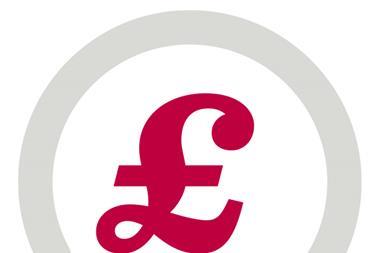With the recent major changes involving fuel brands and their associated loyalty schemes, many consumers might be forgiven for being confused. After the shake-up we now have: Esso associated with Nectar (having dropped Tesco Clubcard); BP offering BPme Rewards (having dropped Nectar); and Shell going with Go+ instead of Drivers Club. Meanwhile, Gulf has something called Oomph, Tesco, of course, continues with Clubcard, and Texaco with Star Rewards although the latter is also now associated with Confused.com rather appropriately, perhaps.
For some customers these changes might be a minor inconvenience. Dedicated Shell or BP users wanting to continue receiving their perceived rewards without changing brand will need to sign up for the new schemes, and Shell users will want to redeem their existing Drivers Club points before that scheme closes. But it’s unlikely that (say) regular Esso customers will notice much difference. Why? Well, if you opened the wallet or purse of a random customer on the forecourt, there’s a very good chance that you’d find that he or she already has a Nectar card alongside a Clubcard and many others too.
So today they’ll simply present one of their existing cards instead of another; they won’t lose out because whatever they’ve accumulated will still be there the next time they’re at Tesco or Sainsbury’s.
It’s all a far cry from the days when the imminent ending of a successful oil company promotion created pandemonium on the forecourt. Customers who’d accumulated thousands of points or paper tokens desperate to cash them in for the big-ticket items that they’d been saving for, only to find that stocks were ’limited’ and it was first-come, first-served.
For the retailer, modern loyalty schemes are also a lot less hassle than they used to be. Certainly modern forecourts don’t tend to have storage areas that looked like the back of a small Argos catalogue shop. And that was apart from the security required over the tokens themselves: both before they were issued and after they had been redeemed, those tokens were the financial responsibility of the retailer.
physical hassle
The physical hassle of old-style promotions was only one of the reasons why many retailers dreaded them. Another was that as promotions went on longer, it slowly became evident that it was actually very difficult to account for them accurately. While oil companies issued monthly statements of points issued and redeemed, and allocated the appropriate charges and credits to each site, there was a considerable time lag built into the process especially when customers were saving months, or even years, for an expensive gift. Hence the true cost of the promotion to any particular retailer at a particular time became increasingly difficult to establish with any accuracy. In fact, in many cases, the true cost of the promotion only became clear months or even years after it ended once all the redemptions had been made or tokens finally voided and then the retailer found that they still owed thousands to the oil company in promotion liabilities that neither they nor their accountants had expected. And the subsequent court cases dragged on for years.
Modern technology
Thankfully modern technology has alleviated some of these problems for the retailer. But however sophisticated the technology, and the relief at not having to maintain a mini-warehouse of gifts on site, there’s still one reason that some forecourt retailers are not convinced of the benefits of any of these schemes and that’s cost.
Ultimately it’s the retailer who is paying for these schemes, and some retailers quietly question whether they really derive much benefit from them. After all, when most of their customers carry most of the loyalty cards anyway, does any particular scheme actually have an effect on sales and more importantly does any difference in sales result in an increased profit once the cost of the scheme is taken into account?
For all of the marketing hype, that’s still a difficult question to answer, at least from an accounting perspective.
While almost all of the major oil brands are running loyalty schemes as opposed to featuring straightforward headline price reductions it seems very unlikely that any one of them will be brave enough to test the market by dropping the whole idea and concentrating solely on pump price.
So the current answer seems to be that nobody really knows the true price of loyalty.































No comments yet